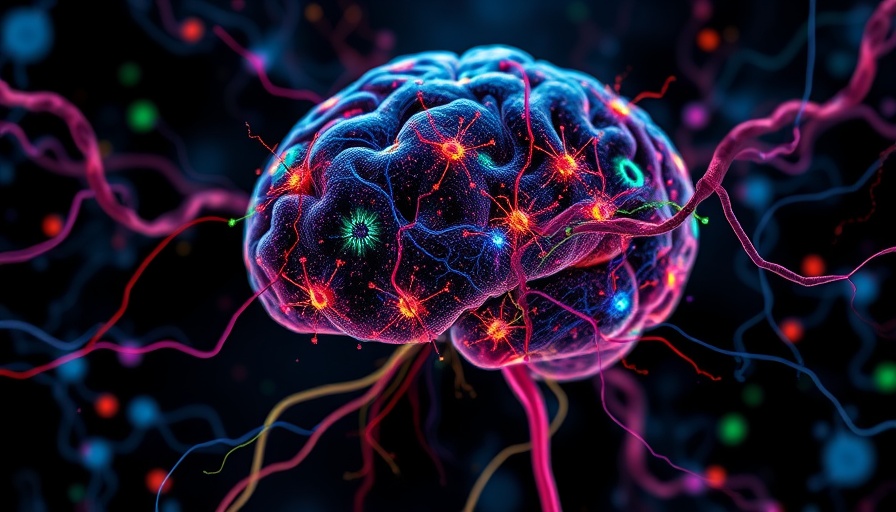
New Insights into FOXR2 Activation in Brain Tumors
A groundbreaking study reveals that the FOXR2 gene, traditionally associated only with central nervous system neuroblastoma, may play a role in various types of brain tumors. Researchers at St. Jude Children's Research Hospital have found that FOXR2 activation is evident in 42 tumors from 41 patients, including high-grade gliomas and other rare tumor forms. This discovery challenges long-held beliefs regarding the diagnostic criteria for brain cancers, offering new hope for improved patient care.
Why This Discovery Matters
This research highlights the need for a comprehensive understanding of brain tumor classification. According to Dr. Jason Cheng-Hsuan Chiang, the lead author, relying solely on FOXR2 as a diagnostic marker for CNS neuroblastoma can be misleading. By identifying different tumor types expressing FOXR2, physicians can better tailor treatment strategies, potentially improving patient outcomes significantly.
Comparative Outcomes in Different Tumor Types
The study underscores stark differences in clinical outcomes based on tumor type. Patients with CNS neuroblastomas exhibited remarkable success with multimodal therapy, while those with high-grade gliomas faced poorer prognoses. These findings emphasize the urgent need for physicians to recognize the broader implications of FOXR2 activation beyond neuroblastoma.
Future Directions for Brain Tumor Research
With an increased understanding of FOXR2's role, researchers aim to develop more innovative diagnostic techniques. By utilizing a combination of genomic data and advanced molecular diagnostics, it is hoped that additional biomarkers can be identified. This multifaceted approach could revolutionize how brain tumors are diagnosed and treated, offering a brighter future for pediatric patients.
 Add Row
Add Row  Add
Add 




 Add Row
Add Row  Add
Add 


Write A Comment